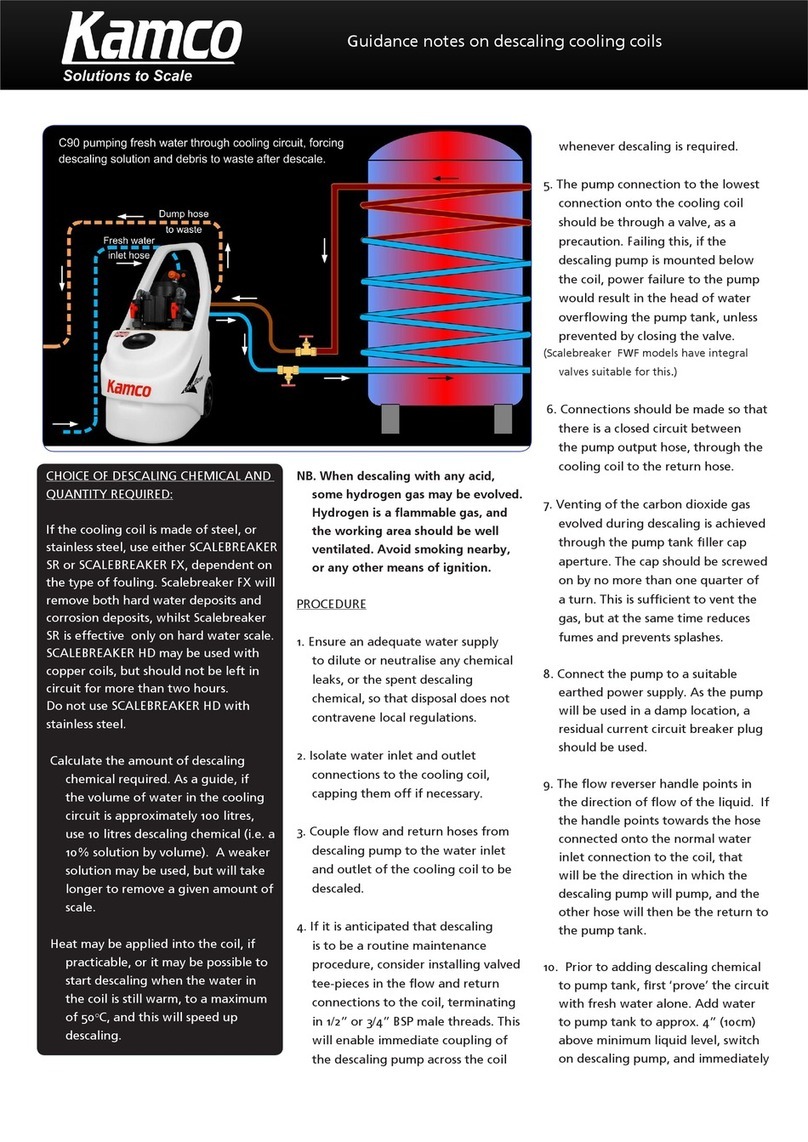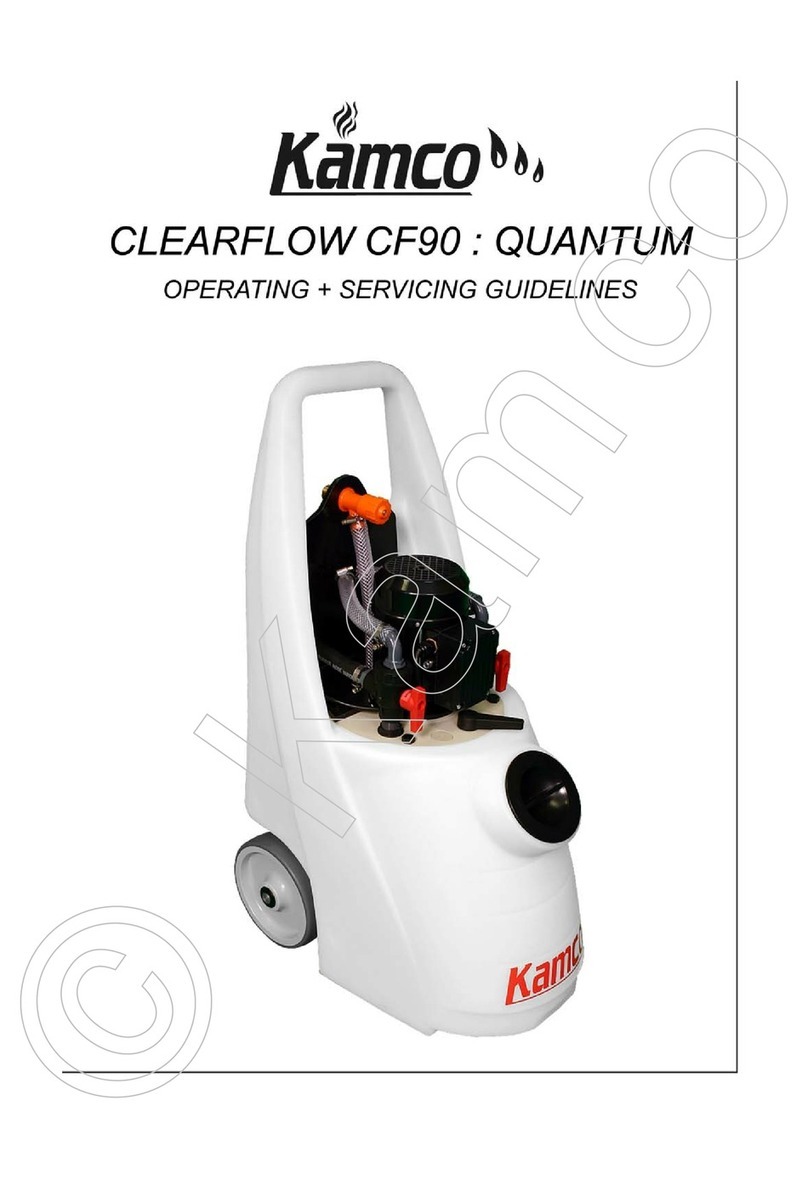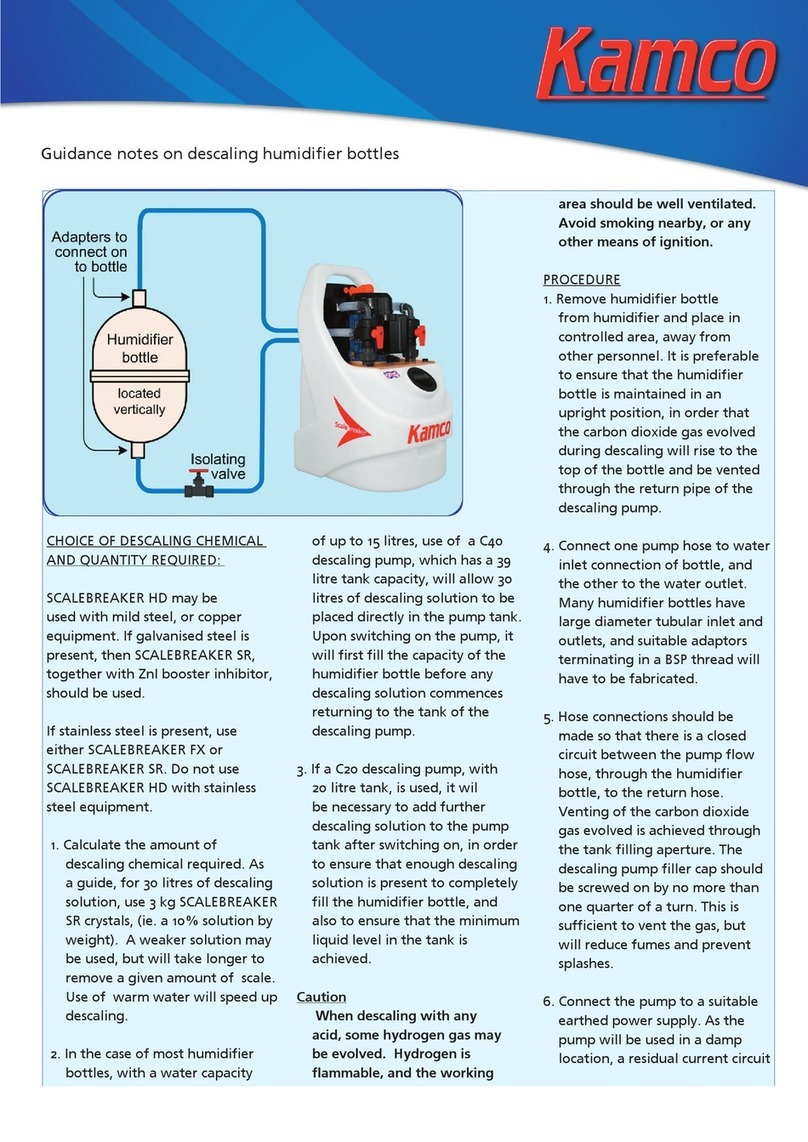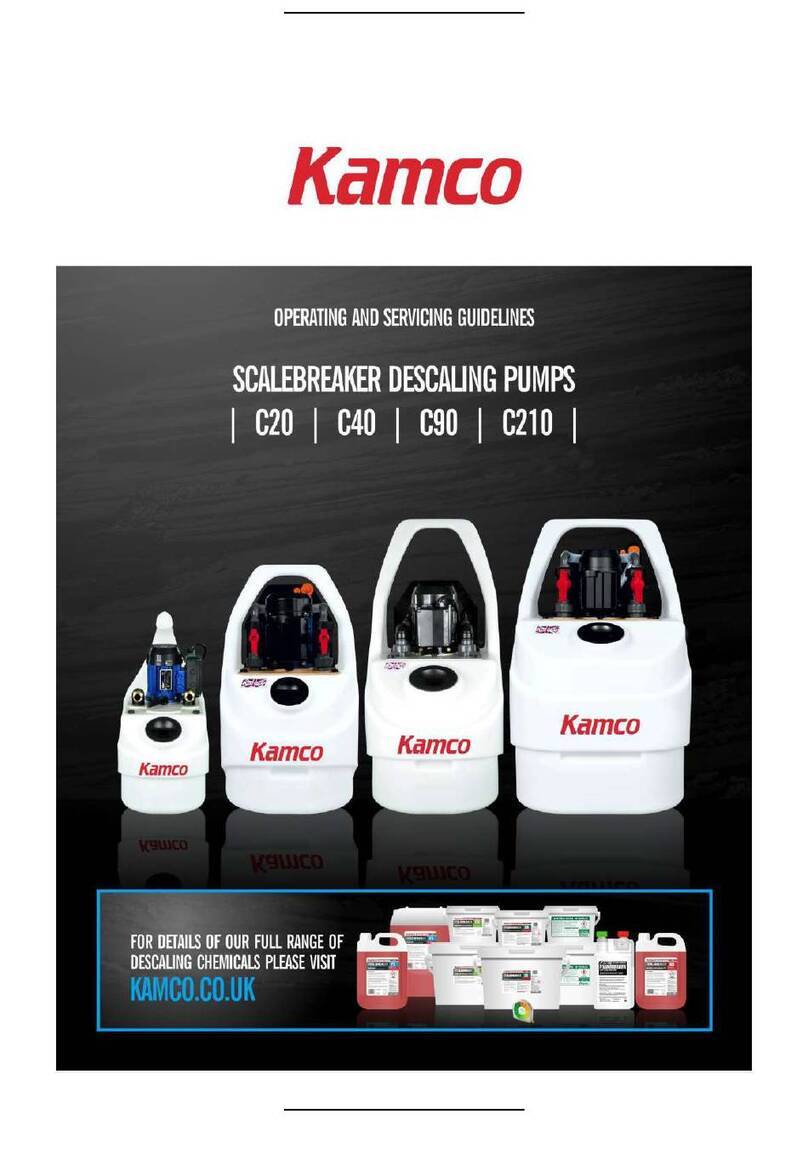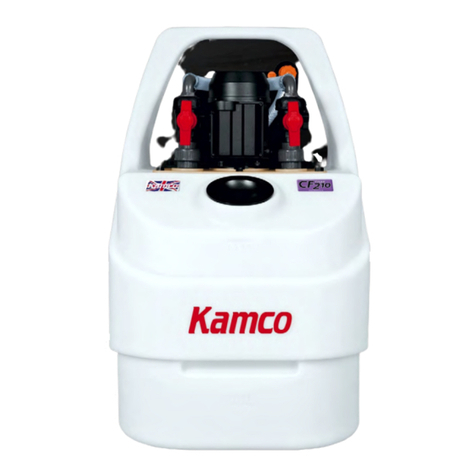Issue: May 2023 Contents Page 1
MAIN CONTENTS
Section A –Introduction Page
Technical data ............................................................................................................................................... A.1
Safety precautions......................................................................................................................................... A.1
Contents of each Clearflow flushing kit .......................................................................................................... A.1
Section B –Using the Clearflow pump for power flushing Page
Introduction ...................................................................................................................................................B.1
System inspection and preparation.................................................................................................................B.1
Location and connection of the Clearflow pump .............................................................................................B.2
Initial flushing procedure (water only) ............................................................................................................B.4
Chemical flushing procedure –which chemical to use.....................................................................................B.6
Chemical flushing procedure –using PowerFlush FX2 .....................................................................................B.7
Chemical flushing procedure –using HyperFlush.............................................................................................B.9
Inhibitor and corrosion protection................................................................................................................B.10
Upon completion..........................................................................................................................................B.10
Quick guide to power flushing ......................................................................................................................B.11
Summary of chemicals used when power flushing ........................................................................................B.12
Radiator valve settings..................................................................................................................................B.13
Power flushing survey and check list.............................................................................................................B.14
Power flush monitoring form........................................................................................................................B.16
Section C –Frequently Asked Questions (FAQs) about power flushing Page
Questions and answers...................................................................................................................................C.1
Section D –Using the Clearflow for descaling boilers and heat exchangers Page
Descaling procedure...................................................................................................................................... D.1
Summary of chemicals used when descaling.................................................................................................. D.2
Section E –Service and repair Page
Trouble shooting and performance testing .....................................................................................................E.1
Trouble shooting flow chart............................................................................................................................E.2
CF40 & CF90 exploded view, spares diagram and spares list............................................................................E.3
CF210 Exploded view, spares diagram and spares list......................................................................................E.8
Section F –Optional power flushing accessories Page
Introduction ...................................................................................................................................................F.1
CP2 circulator pump body adapter..................................................................................................................F.2
IK6 Systemsure injector / spray....................................................................................................................... F.2
CombiMag power flushing filter......................................................................................................................F.6
CombiMag Split Twin power flushing filter......................................................................................................F.8
CombiMag Dual Digital power flushing filter and heater ................................................................................. F.9
Plate heat exchanger adapters...................................................................................................................... F.10
Radhammer radiator vibration tool............................................................................................................... F.11
Electronic test equipment –infra-red thermometer...................................................................................... F.12
Electronic test equipment –pH meter .......................................................................................................... F.13
Electronic test equipment –TDS meter......................................................................................................... F.14
Turbidity tube............................................................................................................................................... F.15
Water analysis test kit .................................................................................................................................. F.16
Additional water treatment chemicals .......................................................................................................... F.17
Section G –How to contact and locate Kamco Page
Helpline, e-mail, and website......................................................................................................................... G.1
Location map................................................................................................................................................. G.1
Section H –Warranty Page
Warranty....................................................................................................................................................... H.1


















